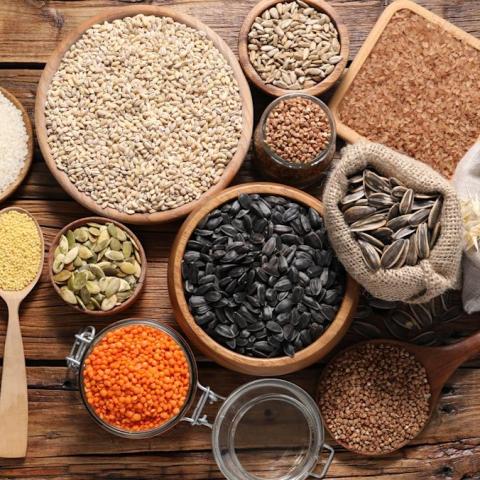Over a third of countries struggle to be self-sufficient in essential food groups. This heavy reliance on imports puts them at risk, especially during global crises. A study in Nature Food by Jonas Stehl from the University of Göttingen highlights this alarming issue.
Currently, only Guyana achieves self-sufficiency in all seven food groups: fruits, vegetables, dairy, fish, meat, legumes, and starchy staples. Countries like China and Vietnam manage six. Shockingly, one in seven countries—most of them in Europe and South America—are self-sufficient in five or more groups. On the other hand, six countries, including Afghanistan and Yemen, don’t meet the necessary requirements for any food group. More than one-third of nations, especially in Africa, are self-sufficient in just two or fewer groups.
The study compares national food production to dietary guidelines set by the WWF’s Livewell diet. However, actual consumption often deviates from these recommendations. Out of 186 countries examined, only 44 produce enough vegetables, while 120 produce sufficient meat and 88 produce enough fruit. The figures for fish, dairy, starchy crops, and pulses are similarly low.
Regionally, even the collective strength of areas like the Eurasian Economic Union (which includes Armenia and Russia) reveals limitations. This region leads in vegetable production but still falls short of full self-sufficiency.
The report also looks at the Eat Lancet diet, creating an even bigger disparity. Only 30 countries meet the recommended levels for pulses and vegetables, with no countries being self-sufficient in six or seven groups according to this diet.
An interesting point from the researchers is that their findings don’t factor in the dependency on animal feed. For example, Japan imports most of its feed, raising questions about true self-sufficiency. Many countries, including those in Europe, depend on imports of raw materials like soy and palm oil instead of producing equivalent crops locally. This reliance can lead to increased vulnerability.
In recent years, the conversation around national food self-sufficiency has shifted, especially concerning food security. As supply chains face disruptions, experts stress the importance of growing food locally. However, many countries lack the ability to produce essential farming inputs, like fertilizers and machinery. A disruption in those imports could lead to lower food production.
The ecology of food systems also needs attention. Human societies are part of larger ecosystems and should ideally rely on local resources for their food supply. This view advocates for more localized agriculture practices that can better respond to local needs and sustainability.
Many urban areas face food dependency, mirroring how they rely on oil, water, and other vital resources. The belief that large cities can’t sustain themselves from nearby sources ignores the ecological dependence that should ideally shape our food systems.
In essence, the need for localized food production is becoming more urgent. As global structures shift, we must reevaluate our food security and consider how connected we are to our local ecosystems.
My next article will delve into whether global dietary guidelines truly align with ecological realities or merely reflect a lack of rooted understanding.



















